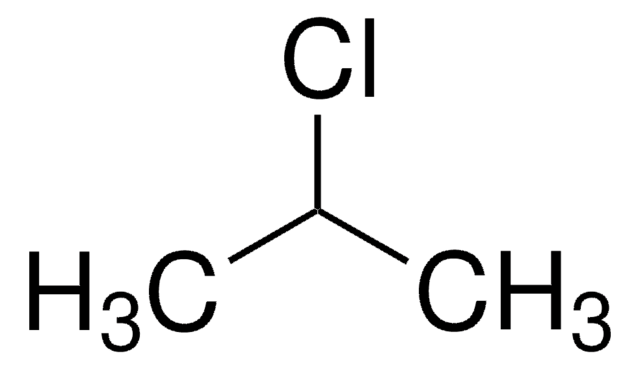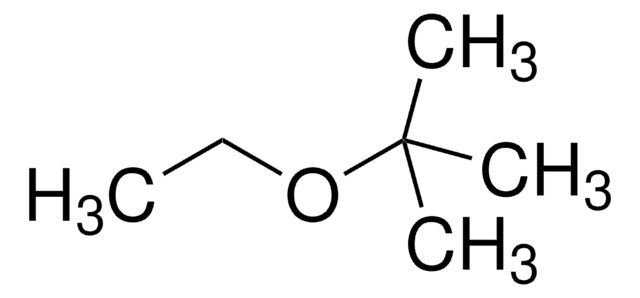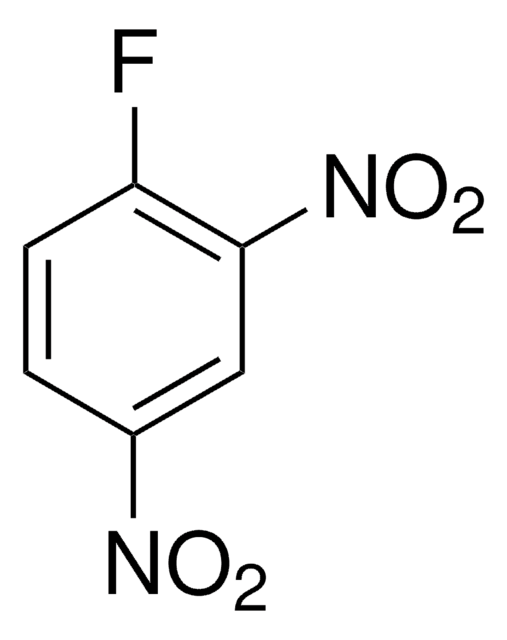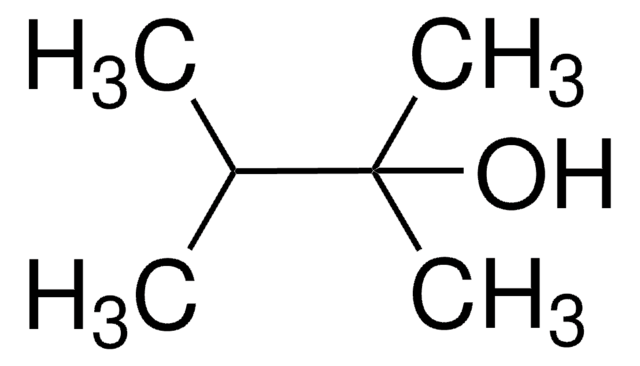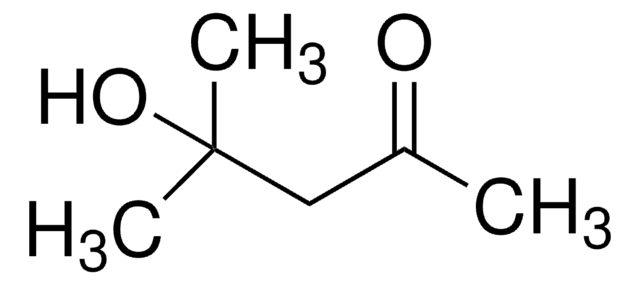8.02809
2-Chloropropane
for synthesis
Synonyme(s) :
2-Chloropropane, Isopropyl chloride
About This Item
Produits recommandés
Pression de vapeur
592.1 hPa ( 20 °C)
Niveau de qualité
Forme
liquid
Température d'inflammation spontanée
590 °C
Puissance
>2000 mg/kg LD50, oral (Rat)
>2000 mg/kg LD50, skin (Rabbit)
Limite d'explosivité
2.8-10.7 % (v/v)
Pf
-118 °C
Température de transition
flash point -36 °C
Densité
0.86 g/cm3 at 20 °C
Température de stockage
2-30°C
InChI
1S/C3H7Cl/c1-3(2)4/h3H,1-2H3
Clé InChI
ULYZAYCEDJDHCC-UHFFFAOYSA-N
Application
- Development and validation of Genotoxic Impurities Chloromethane, Chloroethane and 2-Chloropropane, in Pregabalin drug substance using Head-Space: This study focuses on the detection and quantification of 2-Chloropropane as a genotoxic impurity in pharmaceutical products using head-space gas chromatography (P Bharath, PVS Gupta, SM Ali, D Ramachandran).
- Photocatalytic breakdown of 2-chloropropane: Research on the effectiveness of a photocatalytic reactor designed for the degradation of 2-Chloropropane in environmental applications (EC Ajiduku, E Kamba, R Odoh, 2023).
- Density and speed of sound of 2-chloropropane: An exploration into the physical properties of 2-Chloropropane under various temperatures and pressures, providing valuable data for industrial and laboratory applications (VV Melent′ev, EB Postnikov, 2019).
- Theoretic studies on the kinetics and mechanism of multi-channel gas-phase unimolecular reactions of 1-chloropropane and 2-chloropropane: Theoretical analysis providing insights into the thermal decomposition pathways of 2-Chloropropane, important for understanding its stability and reactivity (V Saheb, 2014).
Mention d'avertissement
Danger
Mentions de danger
Conseils de prudence
Classification des risques
Acute Tox. 4 Dermal - Acute Tox. 4 Inhalation - Acute Tox. 4 Oral - Flam. Liq. 2
Code de la classe de stockage
3 - Flammable liquids
Classe de danger pour l'eau (WGK)
WGK 1
Point d'éclair (°F)
-32.8 °F
Point d'éclair (°C)
-36 °C
Certificats d'analyse (COA)
Recherchez un Certificats d'analyse (COA) en saisissant le numéro de lot du produit. Les numéros de lot figurent sur l'étiquette du produit après les mots "Lot" ou "Batch".
Déjà en possession de ce produit ?
Retrouvez la documentation relative aux produits que vous avez récemment achetés dans la Bibliothèque de documents.
Notre équipe de scientifiques dispose d'une expérience dans tous les secteurs de la recherche, notamment en sciences de la vie, science des matériaux, synthèse chimique, chromatographie, analyse et dans de nombreux autres domaines..
Contacter notre Service technique